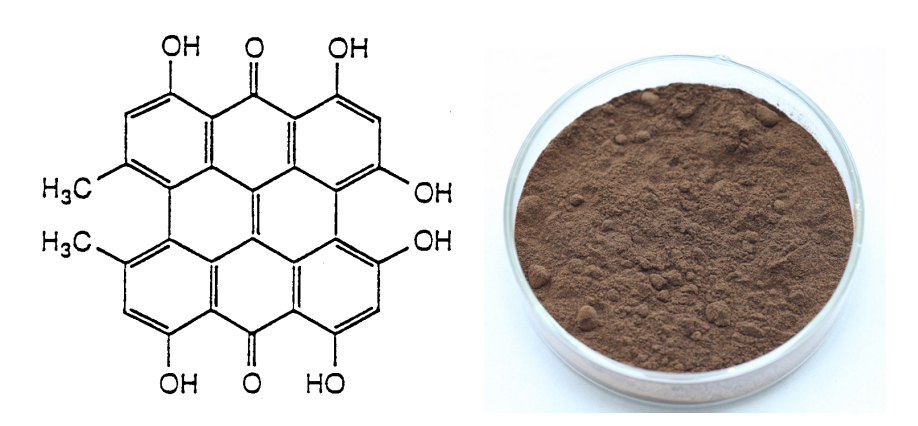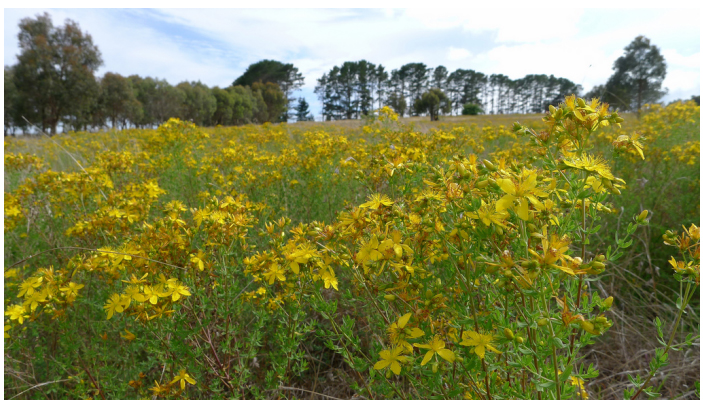Wholesale price for St John’s wort extract in The Swiss
Wholesale price for St John’s wort extract in The Swiss Detail:
[Latin Name] Hypericum perforatum
[Plant Source] From China
[Appearance] Brown fine powder
[Specifications] 0.3% Hypericin
[Particle size] 80 Mesh
[Loss on drying] ≤5.0%
[Heavy Metal] ≤10PPM
[Pesticide residue] EC396-2005, USP 34, EP 8.0, FDA
[Storage] Store in cool & dry area, keep away from the direct light and heat.
[Package] Packed in paper-drums and two plastic-bags inside.
[What is St. John's wort]
St. John’s wort (Hypericum perforatum) has a history of use as a medicine dating back to ancient Greece, where it was used for a range of illnesses, including various nervous disorders. St. John’s wort also has antibacterial, antioxidant, and antiviral properties. Because of its anti-inflammatory properties, it has been applied to the skin to help heal wounds and burns. St. John’s wort is one of the most commonly purchased herbal products in the United States.
In recent years, St. John’s wort has been studied extensively as a treatment for depression. Most studies show that St. John’s wort may help treat mild-to-moderate depression, and has fewer side effects than most other prescription antidepressants.
[Functions]
1. Anti-depressive and sedative properties;
2. Effective remedy for the nervous system, relaxing tension, and anxiety and lifting the spirits;
3. Anti-inflammatory
4. Improve capillary circulation
Product detail pictures:

Related Product Guide:
We take pleasure in an extremely fantastic standing among the our prospects for our great product top quality, competitive cost and the finest support for Wholesale price for St John’s wort extract in The Swiss , The product will supply to all over the world, such as: Sao Paulo, Albania, Jamaica, Based on our guiding principle of quality is the key to development, we continually strive to exceed our customers' expectations. As such, we sincerely invite all interested companies to contact us for future cooperation, We welcome old and new customers to hold hands together for exploring and developing; For more information, be sure to feel free to contact us. Thanks. Advanced equipment, strict quality control, customer-orientation service, initiative summary and improvement of defects and extensive industry experience enable us to guarantee more customer satisfaction and reputation which, in return, brings us more orders and benefits. If you are interested in any of our merchandise, make sure you feel free to contact us. Inquiry or visit to our company are warmly welcome. We sincerely hope to start a win-win and friendly partnership with you. You can see more details in our website.
https://www.ebay.com/sch/male-enhancement-specialists Kings Power Plus Sex Supplement 30 tbs
KINGS POWER PLUS
MALE ENHANCEMENT FORMULA
30 TABLETS
For Increased Sexual Function and Performance Dietary Supplement.
Ignite Sexual Performance
Increase Erection Size, Firmness and Girth
Produce Longer Lasting and More Intense Erections
Give Sustained Erections in 15 Minutes or Less
Create an Intense Sensation That Most Sexual Partners Will Never Feel
Natural And Safe
Alcohol Friendly
About The Male Enhancement Specialists: Male Enhancement Specialists: We help men all over the world achieve optimum sexual performance. Only the best for our clients because “You deserve to have a great sex life”!
Factory equipment is advanced in the industry and the product is fine workmanship, moreover the price is very cheap, value for money!







